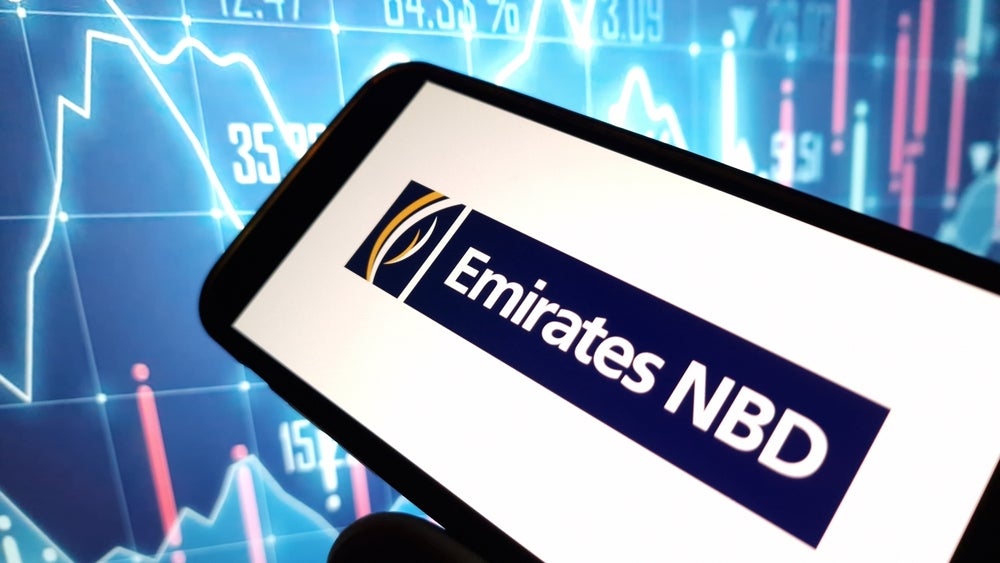Joseph Chan, founder and CEO of AsiaPay and worthy winner of the Institutional Disruptor award at the 2017 CEPI Awards in Singapore, tells Anna Milne how he plans to steer his company in the next few years, and just what lies ahead in the payments sphere in Asia
What are your thoughts on the MAS payments council’s announcement to introduce a common QR code standard? Do you think this will be a success, and why?
Joseph Chan: On 20 Aug 2017, the Singapore Prime Minister, Lee Hsien Loong, commented during his National Day Rally speech that Singapore has too many different schemes and systems that don’t talk to each other. People have to carry multiple cards, and businesses must install multiple readers. This is what Singapore is facing now.
We are glad to share the Singapore government’s direction on fintech development lead, such as NFC, Smart City and QR. It should be more standardised across banks, and making the QR more interoperable will fast-track QR adoption in Singapore, and save banks considerable investment in designing and supporting individual QR standards, and most of all the unnecessary education and confusion of having different QRs in the market.
The national payment system for the debit network, NETS, was the first to drive adoption of electronic payments here, partnering with local banks in recent years to introduce QR code payment options to the public. We can see many initiatives are being driven not only by local banks, but also from other foreign players like AliPay and WeChatPay these last few years.
The conclusion is that standardisation lessens the requirement for education of financial instruments and drives up adoption across merchants and consumers, as well as being easy for retail merchants to deploy.
Yet it is still too early to say if the QR code standardisation will be a hit with the consumer, given how adoption rates can change so fast in this disruptive digital age, and other new technologies like biometric and IoT will continue to come to the retail market. For now, the biggest challenge in this cash-loving society may just be acceptance.
What markets represent great potential for electronic payments business development in your region?
Digital-ready consumer and merchant markets, such as Hong Kong, Singapore, the Philippines, Thailand, Australia and China. In terms of emerging markets: Indonesia, Vietnam and India – Southeast Asia is one of the fastest-growing regions.
What is your biggest concern regarding your business?
It is more about oncoming challenges than concerns. The key challenges are fast-changing and continued evolution on technology and standards, especially on mobility devices; use of biometrics, AI, blockchain and Big Data; new card scheme standards; and emerging new payment services and players.
Other challenges include driving new convenient solutions and tracking consumer behaviour during payments, and how we as a leading e-payment service and technology player in Asia can stay ahead to bring secure, integrated new e-payment solutions and technologies to merchants and banks.
Ensuring regulatory and legal compliance, ensuring necessary data and payment security, and the uncertain lifecycle of new payment methods and technologies are also key concerns.
What is your focus over the next two to five years?
It will be an exciting two to five years for us at AsiaPay. We will continue to develop to be the leading e-payment service and technology player in Asia and beyond, to provide advanced, secure, comprehensive and integrated solutions.
Our near-term plans are to address and meet the continued fast-growing demand for e-payment services from merchants and banks in Asia, alongside continued new digital policies and initiatives of countries in Asia.
In terms of geographical coverage, we are looking to expands sales and operations to new markets beyond the current 12 countries, such as ASEAN, Japan and Europe.
We have four main objectives in terms of products and technology coverage:
- Payment products: To expand to support more new local payment methods and infrastructure, such as LinePay and PromptPay in Thailand, RuPay in India, and QuickPass in China;
- Payment authentication and security: To upgrade to support new 3D-Secure 2.0 and market standards;
- Payment channels: Continued expansion to cover wider mobile coverage, and the IoT;
- Continued R&D: The three Bs: biometrics, Big Data and blockchain.







